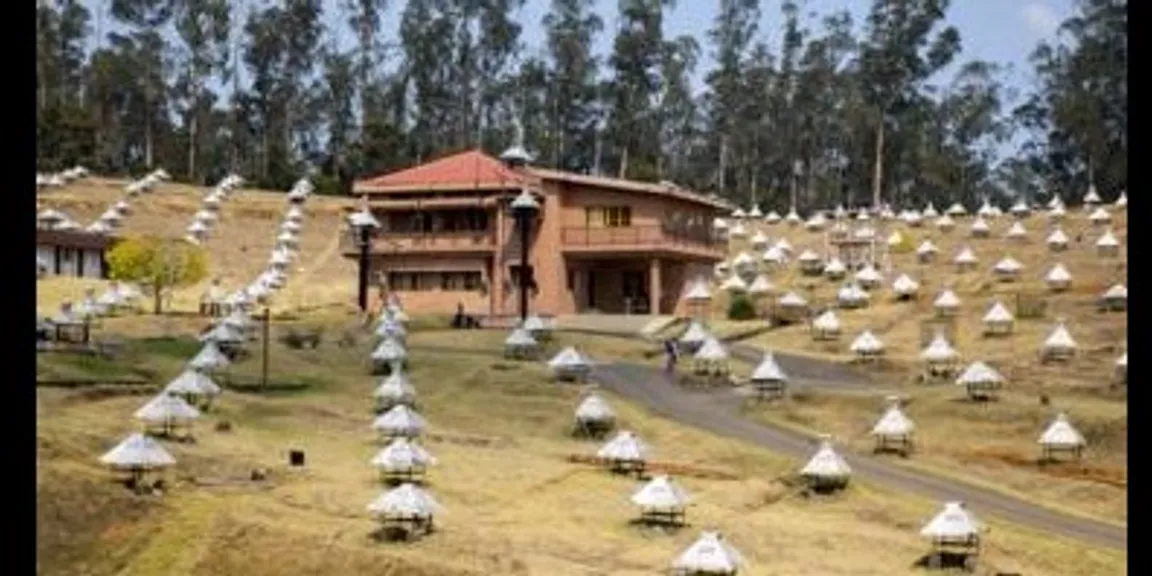

How India uses recycled pipes to detect ferocious solar storms
What does a sensational scientific discovery about a solar storm in the Earth's magnetic field need to do with old, reused steel channels which lay covered for over 10 years under a now-old gold mine in India?

More than 3,700 such pipes are really at the core of a most critical logical finding. A group of Indian and Japanese researchers as of late published an internationally-feted paper that unfurled after a rupture in the Earth's attractive shield.
* Solar storms are one of the consequences of geomagnetic storms
* The sudden arrival of attractive vitality put away in the Sun's environment can cause a splendid flare
* This can likewise discharge blasts of charged particles into space
* These sun oriented "emissions" are known as coronal mass discharges or CMEs
* When traveled toward us, the accused gas crashes of the attractive "sheath" around Earth
* The ensuing aggravations in the Earth's attractive envelope are called sun powered tempests They can interfere with technology: satellites, electrical grids and communications systems
* They can likewise cause aurorae - Northern and Southern Lights - to be seen at bring down scopes
* The biggest such sunlight based tempest in written history occurred in 1859 and upset a vigorous and new correspondence framework including broadcast lines
* Making the sensors Scientists record breach in magnetic field
Low-cost telescope
The world's biggest and most delicate grandiose beam telescope situated in Ooty is comprised of four-decades old reused zinc-covered steel funnels.
A striking illustration: India's 2014 operation mission to Mars, cost the exchequer 4.5bn rupees ($67m;£54m), almost 10 times less than the American Maven orbiter. (This prompted Prime Minister Narendra Modi to quip that India's real-life Martian adventure cost less than Hollywood film Gravity.) The Ooty laboratory's annual budget is about $375,000.
The 6m (19.65 ft) long pipes, which gone about as sensors in the telescope, lay in underground sinkholes beneath the hundreds of years old Kolar Gold Fields in southern Karnataka state, home to one of the world's deepest gold mines, for nearly two-decades.
The funnels were foreign made from Japan - where they are ordinarily utilized at building development destinations - to enable a group of Indian and Japanese researchers to look at neutrinos, sub-atomic particles produced in high energy interactions in the galaxy and beyond. The scientists had laid them 2km (1.24 miles) below the earth for their experiment.
Making the sensors
To do this, they open the channels and clean them with high weight water planes. They embed a 100 micron - as thick as a strand of human hair - tungsten wire into the pipe and stay it at the two closures with hermetic seals. The funnels are then loaded with a gas involving methane and argon and an electric potential go through it to empower it to end up noticeably a powerful sensor.
The fabled jugaad - an Indian colloquial word that means ingenious improvisation in the face of scarce resources - extends to using the pipes as sensors.



